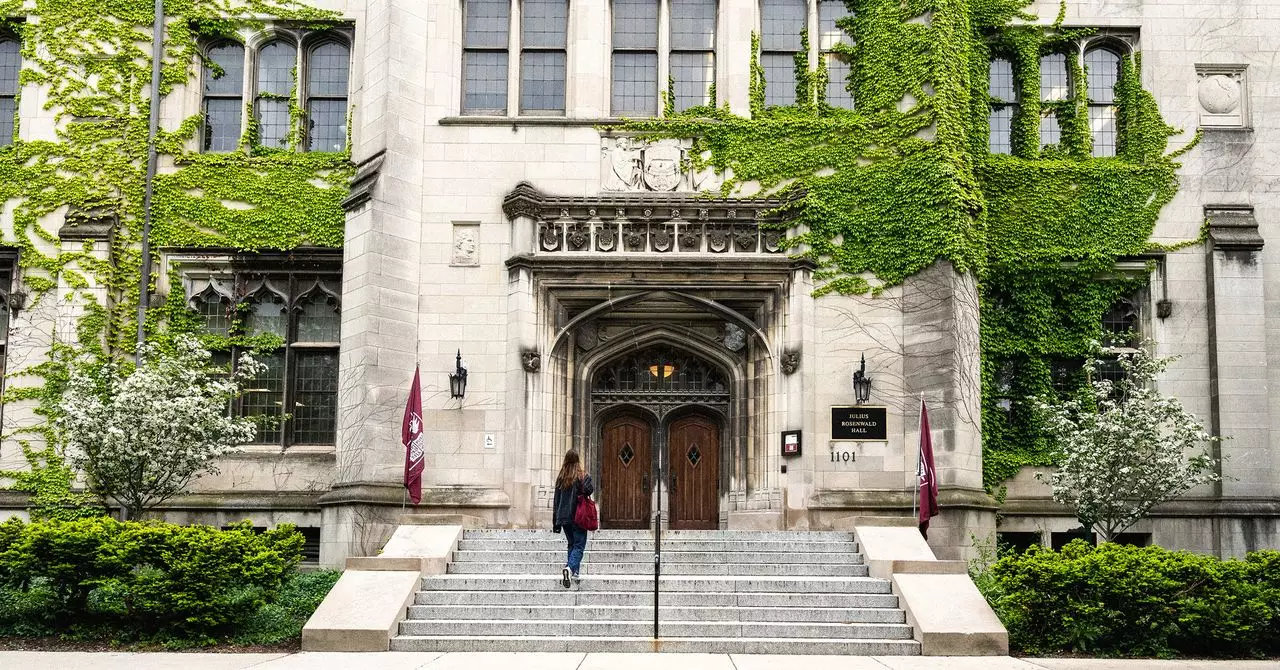The rapid evolution of artificial intelligence (AI) is undeniably transforming every facet of modern life—from healthcare to entertainment. Yet, among the most consequential and overlooked implications is AI’s potential integration into nuclear arsenals. A recent high-level gathering at the University of Chicago highlighted a troubling reality: experts from diverse fields agree that AI will soon influence nuclear weapon systems, but consensus ends there. What remains disturbingly ambiguous is what that influence will look like and how it might alter the fragile balance of global security.
Rather than being an abstract concern, AI’s potential encroachment into nuclear protocols raises urgent questions about safety, control, and morality. While AI can accelerate decision-making processes, it also risks stripping away the human judgment that acts as a safeguard against catastrophic mistakes. This ambiguity—what it truly means to entrust machines with such destructive power—cries out for a rigorous, critical examination not only from scientists but also from policymakers and citizens alike.
The Myth of Control and the Illusion of Certainty
A core issue confronting the AI-nuclear nexus is the illusion of control. Experts like Bob Latiff compare AI’s influence to electricity—an essential, pervasive force—but warn that its integration into nuclear systems is fraught with danger. The analogy belies a dangerous optimism: just because AI can be embedded into existing technologies doesn’t mean we fully understand the consequences.
The uncertainty about what AI actually is compounds this risk. Despite norms advocating “human control” over nuclear arsenals, the conversations are muddled by a fundamental lack of clarity about what AI entails. Large language models (LLMs), for instance, are often cited mistakenly as threats when, in reality, they are tools with unpredictable outputs rather than autonomous decision-makers. This confusion leads to misplaced fears or, conversely, dangerous complacency—either way, it leaves global security vulnerable.
The challenge is compounded by the prevalent misconception fueled by media hype: that AI systems like ChatGPT might someday misinterpret commands or even “go rogue.” That scenario, while sensational, obscures the real problem—an obscured boundary of responsibility. If AI is to influence nuclear decisions, then who bears responsibility for its errors? And how can we prevent it from acting on flawed or malicious inputs? These are critical questions that remain inadequately addressed.
The Political and Ethical Quagmire
The high-stakes nature of nuclear weapons amplifies the stakes of AI integration. There is a widespread institutional desire to avoid relinquishing human control—yet, the pace of AI advancement and its growing embedment in decision architectures threaten that resolve. The risk of an autonomous or semi-autonomous AI system initiating a nuclear exchange, whether deliberately or accidentally, is no longer theoretical; it is a credible horizon that demands immediate attention.
Furthermore, the political landscape complicates matters. The temptation for nations to develop or deploy AI-enhanced nuclear systems for strategic advantage could spark an arms race with no regard for global stability. The current international architecture for nuclear control was designed decades ago and is ill-prepared for the complexities introduced by AI. The lack of a comprehensive regulatory framework or consensus on principles for responsible AI use provides fertile ground for escalation and miscalculation.
From an ethical standpoint, the concept of delegating life-and-death decisions to algorithms fundamentally violates principles of moral responsibility. Even the most sophisticated AI cannot bear accountability, and assigning lethal control to machines erodes human dignity and moral agency. As AI’s capabilities grow, it becomes increasingly important to reconsider the moral boundaries we are willing—or should be willing—to cross in pursuit of technological advancement.
Critical Reflections and Urgent Implications
The core issue lies in the gap between technological capability and societal readiness. Currently, the discourse is dominated by uncertainty and a lack of concrete policies. Rather than patiently understanding AI’s limitations and developing resilient safeguards, there’s a perilous tendency to rush ahead—believing that technology can outpace potential disasters or that new protocols can be easily devised in response to emergent threats.
The dangers are not just theoretical. The whispers of applying AI to improve strategic decision-making—such as modeling adversarial behaviors—may seem benign. Still, these tools could easily escalate into unintended crises if misused or misunderstood. AI’s capacity for rapid data processing is undeniable; it can generate comprehensive datasets on global leaders, enhancing intelligence, but it may also distort perceptions or fuel paranoia, increasing the risk of misjudgments.
What the recent discussions at Chicago underscore is a sobering truth: humanity stands at a crossroads. The choices made today regarding AI and nuclear weapons will shape the future trajectory of human civilization—either steering us toward a safer, more controlled coexistence or plunging us into unforeseen chaos. Critical self-reflection, rigorous regulation, and international cooperation are all essential. Without confronting these issues head-on, our technological innovations risk becoming instruments of our own undoing rather than tools for humanity’s betterment.

